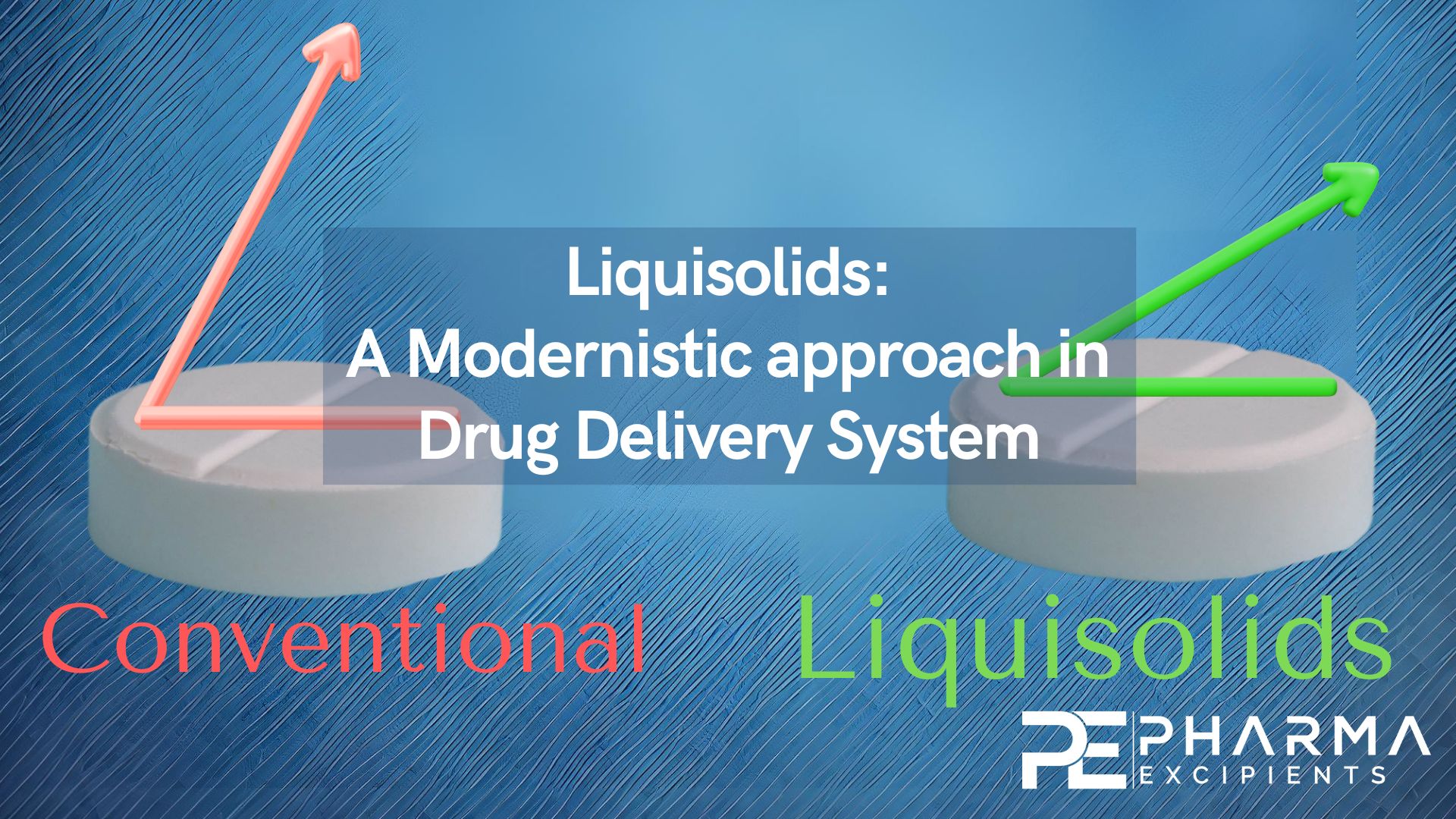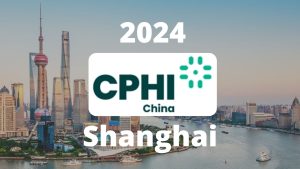Liquisolids: A Modernistic approach in Drug Delivery System

Abstract
Liquisolid Technology aims to make drug entities more soluble that have low solubility and low permeability, through the cosolvency theory in a reasonably simple setup that doesn’t require expensive technology. A non-volatile solvent is used to dissolve a medicine into molecular dispersion, which is then converted into a powder that has the appearance of being dry and is easily compressible. Extrudates are produced from the material by extrusion using an extruder. To create spherical particles known as Pellets, the extrudates are placed beneath the spheronizer. These pellets or granules can be filled in capsules or can be compacted into tablets according to their dose and can be utilized. Various evaluation parameters like Carr`s Index, Angle of Repose, FTIR, etc was studied. Overall, the study demonstrated that the liqui-pellet might improve a liquisolid formulation’s poor flowability, which is thought to be a significant development in the concept’s commercial viability. The current review aims to unfurl the utilization of liquisolid technology as a potential drug delivery system for BCS class 2 and 3 drugs.
Components of Liquisolid System:
- Non-Volatile solvent: – In order to include the water-insoluble medicine under consideration and ensure that it is easily soluble or suspendable, non-volatile solvents that are water soluble are chosen. They have low viscosity, a high boiling point, and are inert. The final drug solution or suspension need to be safe to ingest. Drug dissolution has been shown to be improved by high liquid concentrations, whilst drug effects are known to be prolonged by low liquid concentrations36. Some Examples are Polyethylene Glycol 200 37, Polyethylene Glycol 300 11, Polyethylene Glycol 400 10,38, Polyethylene Glycol 600 27, Polysorbate 20 (Tween 20) 39, Polysorbate 80 (Tween 80) 25,40,41, Propylene Glycol 12,15,17,25,42, Glycerin39, Etc.
- Carrier Material: Carrier material should be added to improve compression. These materials have adequate porosity and soaking potential. As a carrier substance, various forms of cellulose, starch, and lactose are employed. The ability of the carrier material to absorb substances and its drug inertness should be taken into consideration36. Carrier-Porous substances with a large surface area and a high capacity for liquid absorption can be utilised as carriers to take drug solution that results from absorption and turn it into a powder that appears dry and is free to flow. The original carrier for the Liquisolid approach was Microcrystalline cellulose, which was also virtually always utilised in the initial studies on the method. Though over time, many have taken advantage of different carriers in an effort to give the medication a better surface exposure to the dissolving medium. In the end, the quantity of wettability and surface exposure of the drug particles with the dissolution fluid is calculated using powder’s Specific Surface Area (SSA). Therefore, choosing a carrier with a large Specific Surface area is crucial1. Some examples of carrier materials used are Microcrystalline cellulose 10,12,15,17,38–40, Ethyl cellulose 43, HPMC 39, Starch 44, Lactose 14,33, Mannitol 33, Etc.
- Coat: Materials are used to seal and coat carrier particles as well as to adsorb any excess liquid. It has very fine particle size and a very adsorptive surface. These adsorptive particles’ preferred particle size range is 10nm to 5000nm. Different silica grades are frequently used for coating. Amorphous Silicon Dioxide is commonly used as a coat1,10,12,15–17,38–40. They are primarily used for adsorption behaviour, which makes the material readily flowable. Many people employ amorphous silicon dioxide because it best fits the coat’s desired qualities 36.
- Other Excipients: According to the needs, binders, lubricants, diluents, disintegrants, and matrix-forming polymers can be added and blended with the parent preparation. Due to the high concentration of Non-Volatile Solvent in the dry-appearing powder, Super Disintegrants play a crucial function in Liquisolid systems to force open the tablet for disintegration. Without a disintegrant, this may not be possible. It increases release rate of active pharmaceutical ingredient. The Liquisolid Formulations make considerable use of sodium starch glycolate as a super disintegrant12,15,17,40,45. Lubricants can be included, when necessary although they are largely absent from the majority of Liquisolid formulations because the needed flowability is already attained during the precompression phase of the Tablets. Lubricants like Magnesium Carbonate13, talc and magnesium stearate 43 were used.
Read more here
Bindesh Thakkar, Kartavya Pawar, Rahul Patil, Ashwini Bhoir, Payaam Vohra. Liquisolids: A Modernistic approach in Drug Delivery System. Asian Journal of Research in Pharmaceutical Sciences. Sci. 2024; 14(1):63-0. doi: 10.52711/2231-5659.2024.00010
CPHI & PMEC China will be held at 19-21 June 2024. Register for free:



